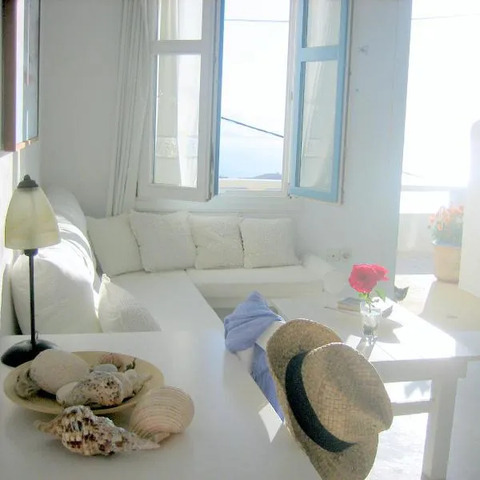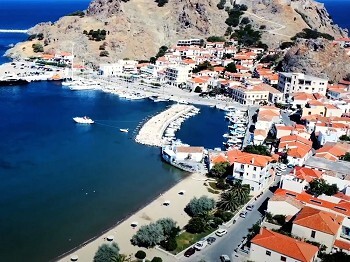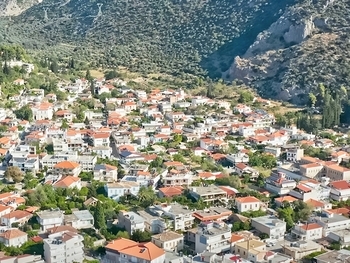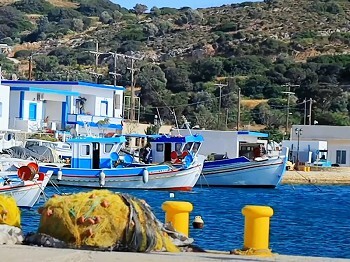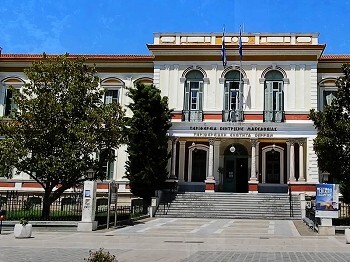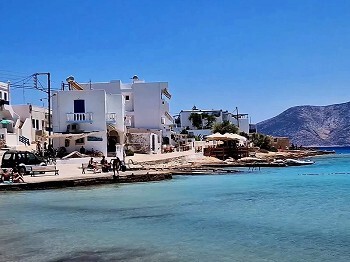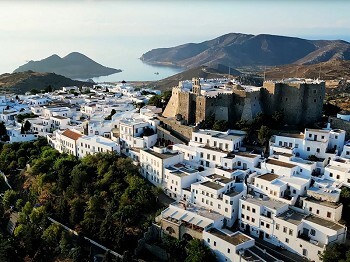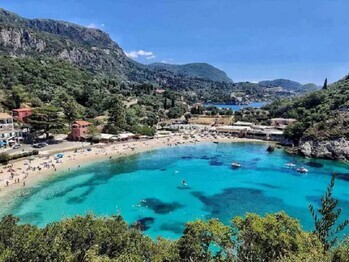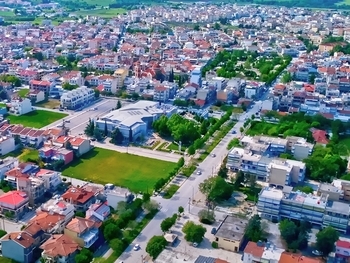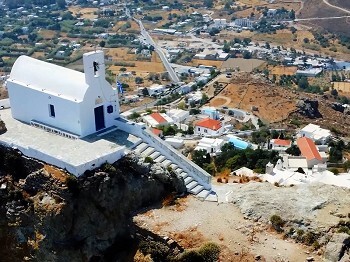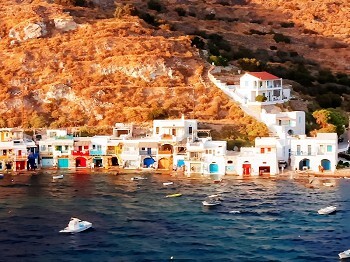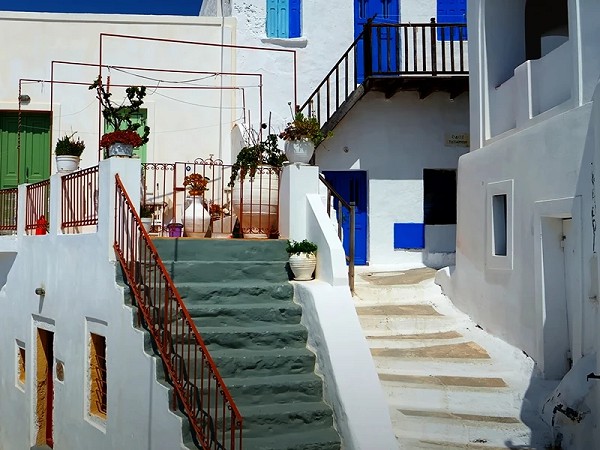
Astypalea Island, a hidden treasure in the Aegean Sea, offers a captivating blend of history and beauty. This picturesque island, often overlooked in favor of more famous Greek destinations, boasts an array of historical sites that provide a glimpse into its rich past. From ancient Ruins to medieval fortresses, Astypalea's Heritage is as diverse as it is intriguing. In this guide, we will explore some of the most significant historical sites that should be on every traveler’s itinerary when visiting this enchanting island.
We suggest for your stay:
Still Looking for the Perfect Stay?
The Venetian Castle: A Majestic Fortification with Stunning Views
Dominating the skyline of Astypalea, The Venetian Castle is an imposing fortress that Dates back to the 13th century. Built by the Venetian conquerors, the castle offers panoramic Views of the island and the surrounding Aegean Sea. Walking through its ancient walls, visitors can admire the well-preserved structures, including the entrance gate, Bastions, and The Church of Panagia. The castle’s strategic location provides a fascinating insight into its role in medieval defense and the island’s history.
The Archaeological Museum of Astypalea: A Window into Ancient Civilization
Situated in the heart of Chora, the Archaeological Museum of Astypalea is a must-visit for history enthusiasts. The museum houses a diverse Collection of Artifacts that span various periods of the island's past, from ancient Greek times to the Byzantine era. Exhibits include Pottery, Sculptures, and inscriptions that shed light on Astypalea's Historical significance. The museum’s educational displays and informative panels offer a comprehensive overview of the island's archaeological Heritage.
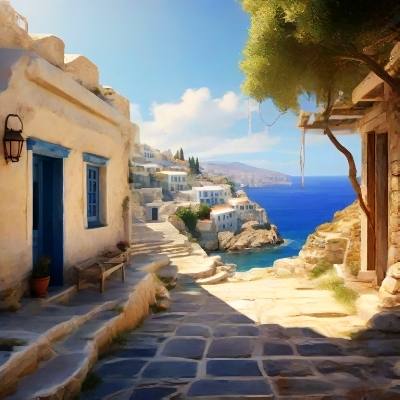
The Monastery of Panagia: A Spiritual Retreat with Historical Significance
The Monastery of Panagia, perched on a hilltop overlooking the island, is not only a spiritual haven but also a site of historical importance. Founded in the 18th century, this active Monastery features a striking blend of traditional Greek Architecture and serene natural surroundings. Visitors can explore the monastery’s chapels, learn about its religious Significance, and enjoy breathtaking Views of the Aegean. The monastery's historical manuscripts and Artifacts provide additional insight into its past and cultural Heritage.
The Ancient Ruins of Pyra: Exploring the Island’s Prehistoric Past
Located on the southern coast of Astypalea, the ancient Ruins of Pyra offer a fascinating glimpse into the island’s prehistoric era. The Remains of this ancient settlement include remnants of houses, walls, and Pottery, revealing the daily life of its early inhabitants. Archaeological research suggests that Pyra was a thriving community during the Early Cycladic period. Exploring these Ruins allows visitors to connect with the island’s ancient history and appreciate its long-standing Significance.

The Church of Agios Georgios: A Historical Landmark in the Heart of Chora
The Church of Agios Georgios, located in Chora, is a historic landmark that showcases the island’s religious and architectural Heritage. Dating back to the Byzantine era, this church features intricate Frescoes, ornate icons, and traditional Greek Orthodox design elements. The church’s Central location makes it a prominent feature of Chora, and its Historical significance is evident in its preserved Architecture and Artwork. A visit to Agios Georgios provides valuable insight into the island’s religious history and cultural practices.
The Windmills of Astypalea: Echoes of an Agricultural Past
Scattered across the island, the Windmills of Astypalea stand as silent witnesses to the island’s agricultural history. These traditional structures were once essential for grinding grain and are now iconic symbols of the island’s past. Many of the Windmills have been preserved or restored, offering visitors a chance to admire their architectural style and learn about their historical function. A Stroll through the island’s countryside reveals these charming Windmills, adding to the scenic beauty of Astypalea.

The Fortress of Kastro: Ruins with a View
Another notable historical site is the Fortress of Kastro, located on a rocky outcrop near the village of Livadia. This ancient fortification, dating back to the Byzantine period, was built to protect the island from potential invaders. Today, visitors can explore the Ruins of Kastro and enjoy stunning Views of the surrounding landscape. The fortress’s strategic position and Historical significance make it a compelling site for those interested in the island’s defensive history.
Conclusion: Embrace the Rich History of Astypalea Island
Astypalea Island is a treasure trove of historical sites that offer a deep connection to its past. From medieval fortresses and ancient Ruins to charming Windmills and historic churches, the island’s Heritage is as diverse as its landscapes. Exploring these sites provides a unique opportunity to understand the island’s history and culture, making Astypalea a destination of profound Historical significance. Whether you’re a history buff or a curious traveler, Astypalea’s historical sites promise an enriching and memorable Experience.
Astypalea Island’s rich historical tapestry offers something for everyone. By visiting these fascinating sites, you’ll not only discover the island’s past but also gain a deeper appreciation for its cultural Heritage. Plan your trip to Astypalea and immerse yourself in the captivating history that awaits.



